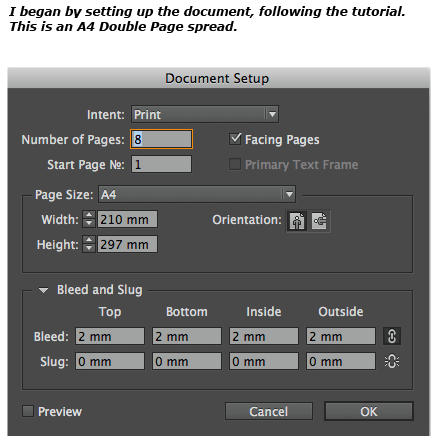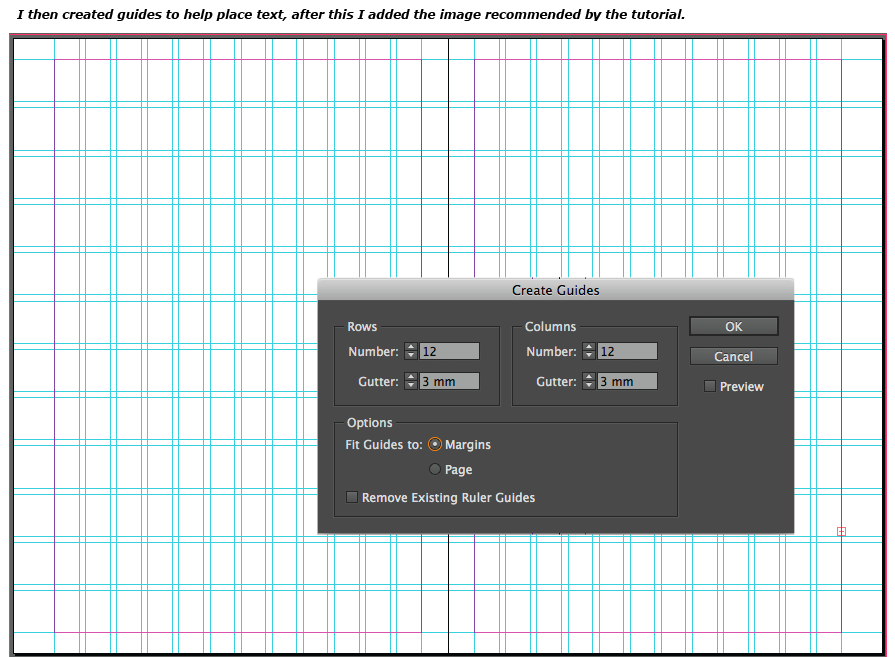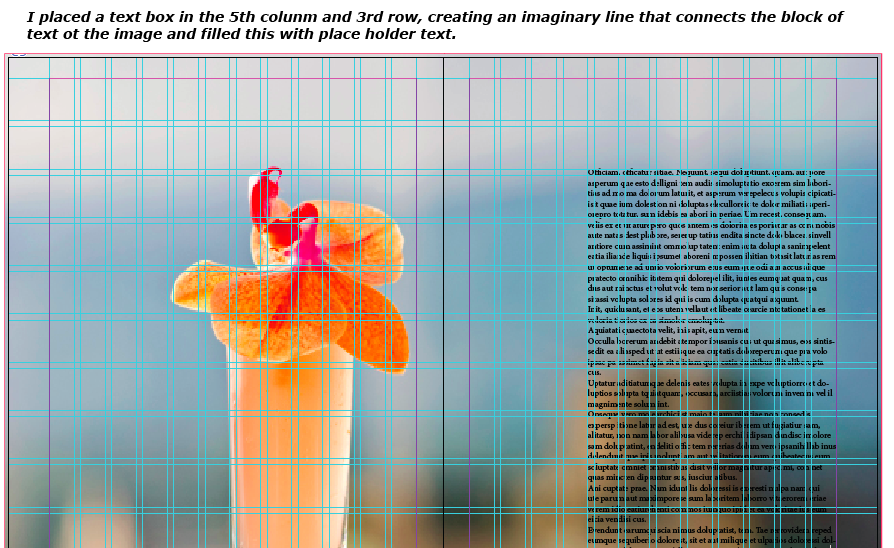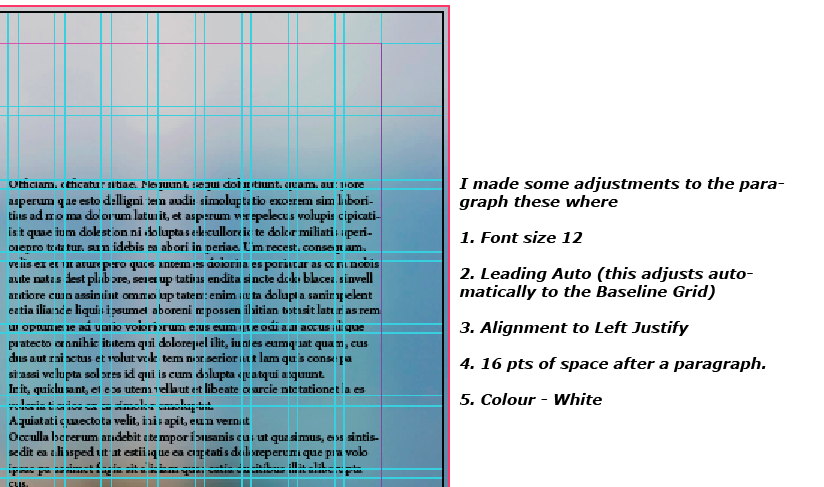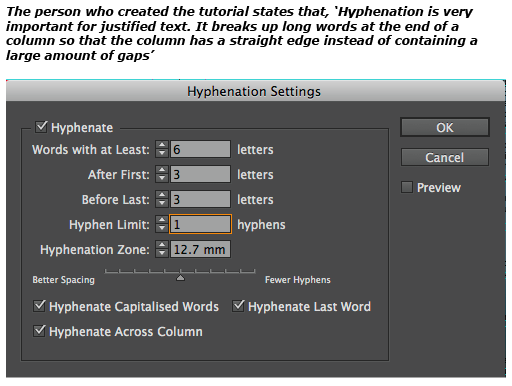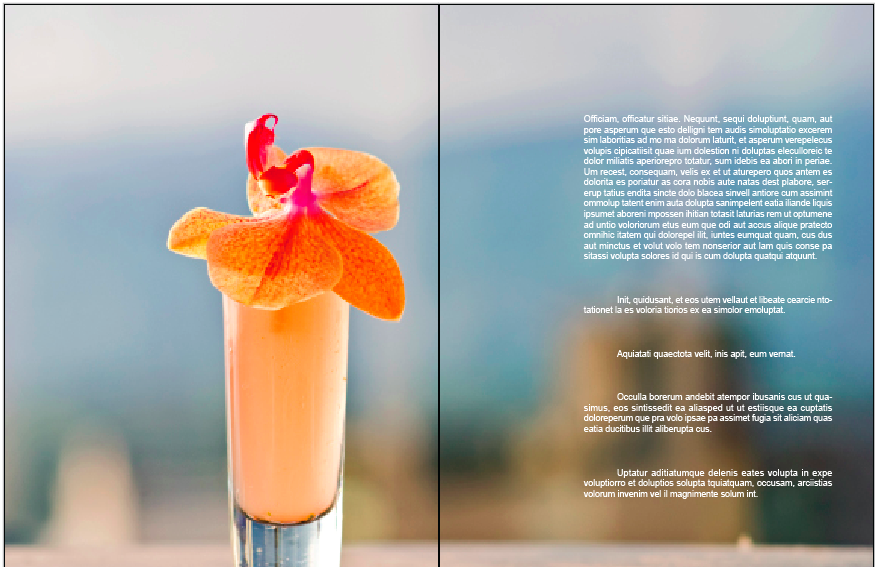Paul Smith and british boot maker John Lobb collaborated on three special edition shoes.
Where is the identity in this object?
John Lobb is a well know british boot maker and the classic oxford shoes created by him have been worn in britain for over 100 years, I like the outcome of the collaboration because the oxford shoes are associated suits, work and high classes of people, by collaboration with Paul Smith the shoes that where once fairly boring now have a coloured inside which adds subtle quirkiness to the shoes.
I would love to have this teapot in my kitchen! it was designed by Paul Smith for Thomas Goode and is sold in store for £360. Thomas Goode is recognised as the best bone china producer in the world.
The stripes are achieved on the fine bone china by a way of slide lithographing, which is fired and fuses to the surface of the wares. The finer details are then expertly hand painted and glazed. The gold used on the detailing is a liquid gold leaf (28%), equivalent of 22 carat gold.
The teapot is definitely an iconic british symbol, the rest of the world stereotype that drinking tea is part of british culture.
I like that Paul Smith has redesigned something very traditional to british lifestyle.
Much like the Thomas Goode Teapot Paul Smith has used his iconic stripes on a Mini Cooper.
The 1997 Paul Smith Mini will be the latest addition to our showroom as of 7th July until early September.
This 86 stripe, 26 colour design is charecteristic of Paul Smith’s 1997 collection with the original project being prompted by his use of a Mini as a motif on a women’s skirt. The final paintwork represented the essence of his style exactly and this became one of three designer mini’s by Paul Smith.
The car was unveiled at the Tokyo Motor Show in 1997 with only 2 verisons being produced.
Techinical Stuff
Engine Four cylinder in-line engine
Displace 1275 cc
Power o 46 kW/63 bhp at 5700 rpm
Transmi Four-speed manual gearbox
Dime 3100 x 1440 x 1351 mm
Unladen weight 770kg
Maximum speed 148 km/h (92 mph)
Bore x Stroke 70.6 x 81.3 mm
Front brakes Hydraulic disc brakes
Rear brakes Hydraulic drum brakes
These lanyards where created by paul smith for his fashion shows, if it fits the brief I could use Lanyards to display britishness for the Design Factory Competition. I like that in something so small you can say many things, they are in expensive and object many people collect and keep.
 This was Paul Smith’s first show room in a Paris hotel, it is made from card board and paints this gives the effect of a sketch on paper as though the memory of his first show room has been sketched.
This was Paul Smith’s first show room in a Paris hotel, it is made from card board and paints this gives the effect of a sketch on paper as though the memory of his first show room has been sketched.
This drawing was amongst Paul Smiths collection of artwork, the fact that the black and white zebra is asking “is that a Paul Smith coat?’ shows the identity in his iconic stripes, regardless of what object they are painted on they can always be associated back to him.
I could use this idea for my Design Factory piece by using an object completely un related to Britain and altering its appearance so people associate it with Britain.







